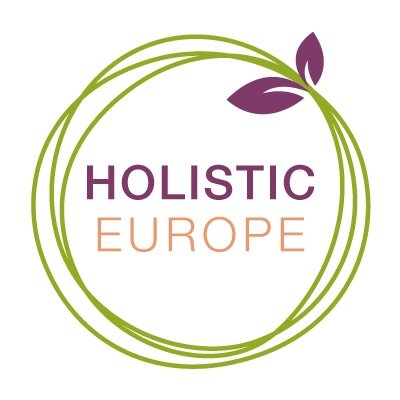Violet
Rainbow of Your Life series
The last colour of the rainbow - violet - can be obtained by mixing the colours red and blue. It got its name from the violet flower. Violet, as well as indigo, are a slightly controversial colours. You may have read the article ‘Indigo’ from our ‘Rainbow Of Your Life Series’ where we spoke about it. People see colours differently and what one person sees as violet, another calls pink, yet another blue or indigo. In the case of the colour violet, even the language plays an important role. What the people in the UK would call ‘violet’ would be called ‘purple’ in the US although the Brits sometimes call 'violet' ‘purple’ too. That is very confusing! To make it easier- since purple has not been named by Sir Isaac Newton as one of the rainbow colours - and let’s stick to ‘violet’.
In the past, the violet dye was made from the minerals manganese and hematite. Manganese is still being used by some indigenous tribes. The Tyrian purple was very famous in ancient times. It was made from a sea snail.
Founder of stoicism Zeno was a violet (purple) dye trader who lost everything when a ship carrying his cargo was wrecked at sea. Zeno re-invented himself and became a philosopher. We can say then that the beautiful colour of violet gave birth to a philosophy.
Russian American artist Allen Tager has conducted impressive research in the colour violet. He found out that in art the colour violet was used very little until the mid-nineteenth century. He was intrigued by this and has spent 20 years visiting nearly 200 museums in 42 countries, collected images of over 100 thousand works of art and invited colour scientists to help him with this riddle. He found out that it wasn’t the garment industry that was behind the sudden interest in the colour violet in the 19th century but rather the colour science. Thanks to chemists the colour violet became more popular. Let’s not forget the clothes though that brought violet to our attention throughout history. Royalty used the colour violet, for example, as it was very precious.
The colour violet is associated with ‘suffering’ in Christianity (Jesus’s birth and death) and was therefore used to symbolise the ‘season of lent’. In Hinduism, the colour violet represents the oneness with God, peace and wisdom. It is the colour of the seventh Chakra - the Crown Chakra - our source of enlightenment and spiritual connection. In Quran ‘violet' also represents spirituality.
You would find out that the colour violet is often used to symbolise femininity.. It is also a colour of imagination and creativity. It is a calming colour that is supposed to encourage compassion and love. It is recommended to use ‘violet’ in offices or living rooms for its association with power and prestige.
When it comes to physics, the colour violet has one of the shortest wavelengths of 380 to 435 nm. It is very close to wavelengths invisible to human eye - to the ultraviolet (UV). The UV wavelengths are closest to visible light, they are between 200 and 400 nm.
I share the sentiment of the actor Joshua Henry who said, “I feel such a connection to ‘Violet’.” He spoke about the musical, of course, but his quote has a universal meaning for me.
Resources
1 Wikipedia
https://en.wikipedia.org/wiki/Violet_(color)
2 Why it took us thousands of years to see the colour violet by Allen Tager
https://psyche.co/ideas/why-it-took-us-thousands-of-years-to-see-the-colour-violet
3 Empowered by Colour
https://www.empower-yourself-with-color-psychology.com/color-purple.html
4 Ultraviolet (UV) Radiation
https://scied.ucar.edu/learning-zone/atmosphere/ultraviolet-uv-radiation
